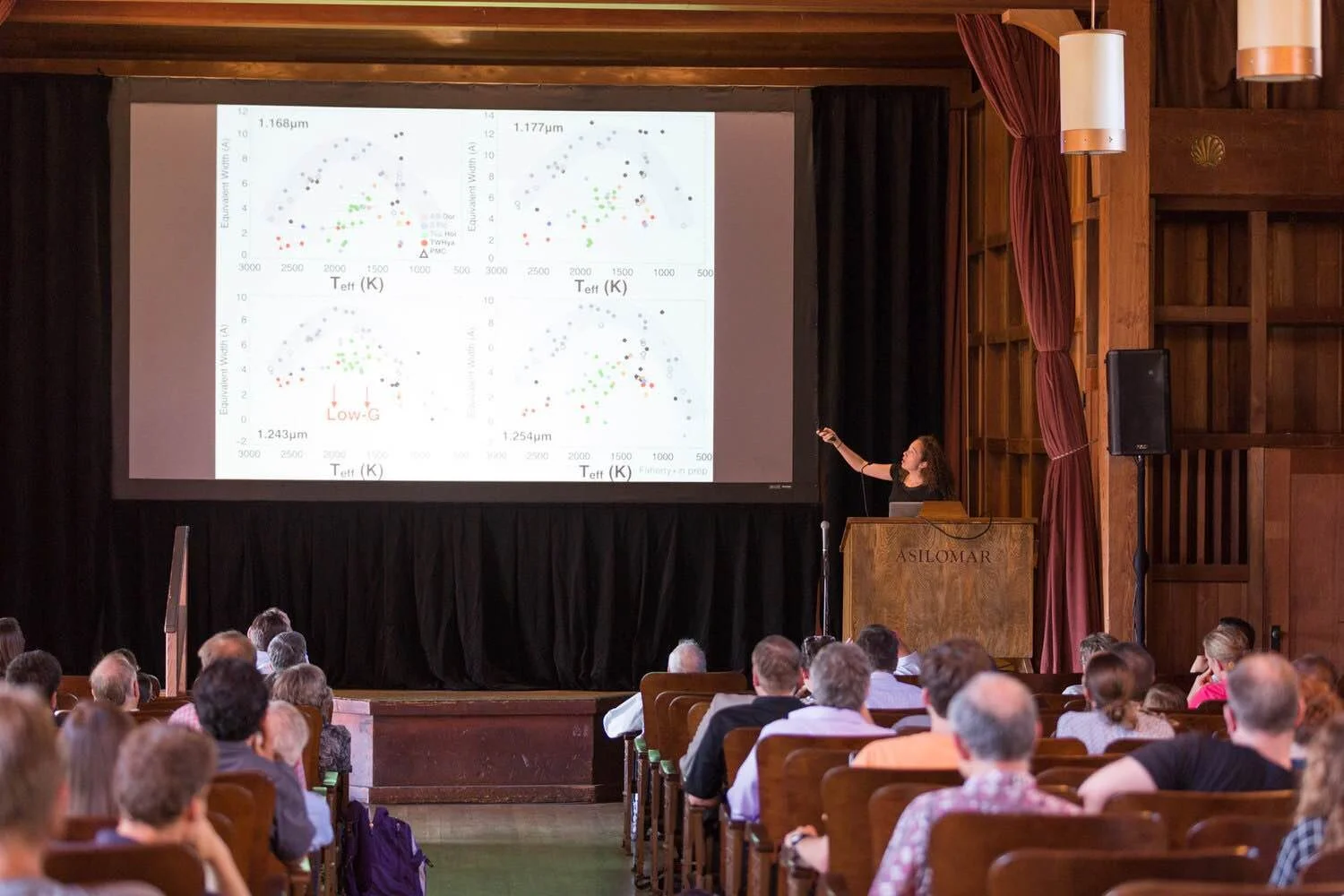Faherty’s scientific research is focused on the lowest mass components of star formation. That category includes both the smallest stars as well as brown dwarfs — objects that do not have sustained stable Hydrogen burning. As one goes from the highest mass brown dwarfs at 75 Jupiter masses to the lowest, the line between substellar mass objects and planets becomes blurred. Consequently both the coldest class of brown dwarfs and the youngest become analogous to giant exoplanets. Faherty’s research over the years has concentrated on these planet-like objects thus much of her research crosses into the exoplanet regime.
Another large aspect of Faherty’s research has been on mapping the local solar neighborhood. Through the Backyard Worlds: Planet 9 citizen science project that she co-founded with scientists Marc Kuchner, Aaron Meisner, and Adam Schneider, Faherty and colleagues have made tremendous progress in understanding the number and distribution of the coldest compact sources that form through the star formation process. Faherty has also been making 3D maps of the local neighborhood using planetarium enabled software and data from the European Space Agency’s Gaia telescope. Investigating the velocity distributions of stars within a few hundred light years including co-moving stars, brown dwarfs, and their giant planet companions has led to important advances in our understanding of the evolution of stars near the Sun.










